Description of the "Ogonyok" pepper variety and 6 reasons to grow it on your windowsill
Pepper "Ogonyok" is a perennial that can be successfully grown both in the open field and in a pot on the windowsill... The plant bears fruit all year round, from one bush you can get an average of 80-100 fruits. In 2006, the Ogonyok pepper variety was included in the State Register and allowed for cultivation in all regions of the country.
What's interesting?
"Ogonyok" is one of those hot pepper varieties that actively grow and develop both outdoors and indoors. The bush is decorative and can decorate a room. One plant can simultaneously have flowers and peppercorns of different shades (depending on the degree of maturity). At first they are green, then they turn yellow-orange and at the very end of ripening - deep red.
The fruits of this variety contain a large amount of a special pungent substance - capsaicin, which makes the pulp spicy. On the Scoville scale, by which it is customary to measure the degree of hotness of hot peppers, this variety occupies the top lines. The parent varieties in the Ogonyok breeding are hot chili and cayenne.
The fruits are used not only in cooking, but also for the preparation of traditional medicine. The pulp has antiseptic properties, it is used in the treatment of colds, and also externally for muscle and joint pain as a warming agent.
Description of the variety
With proper care, this perennial can grow on a windowsill for 5-6 years. It is grown outdoors as an annual.
| Variety information | Breeding |
| Pollination type | Self-pollinated |
| A type | Bush determinant, height 60 cm when grown outdoors, 30 cm in pots. |
| Type of ovary formation | Single. |
| Ripening rate | Mid-season variety, to technical maturity - 120 days, to full biological - 140. |
| Cultivation area | Indoor and outdoor, like a houseplant. In the open field it is cultivated in the southern latitudes, and in greenhouses and greenhouses - in the North and in the Central zone. |
| Landing scheme | By the nesting method - 50x50 cm, when planting in a row - 35–40 cm between the holes. |
| Yield | 3–3.8 kg per 1 square meter. |
| Fruit type | Fruit weight - 20–45 g, wall thickness does not exceed 1.5 mm. The shape of the peppers is pear-shaped, elongated, the peel is bright red when fully ripe. Has a strong peppery smell. |
| Purpose of fruits | Home cooking (appetizers, salads, first courses), canning, use as a seasoning, dried. |
| Resistant to adverse conditions | Afraid of cold snaps and drafts, the optimum temperature is not higher than 20 degrees. Poor shade tolerance, drought tolerant. |
| Disease resistance | The variety is resistant to verticellosis and bacteriosis. |
On average, the height of the bush does not exceed 50 cm, which is very convenient for growing indoors. The leaves are shiny, glossy, dense, have a dark green skin. The bush branches strongly when pinching the top, otherwise it stretches upward.
Fruits in the form of pods with a sharp curved tip, may be more rounded, elongated. The average weight of one fruit is 25–35 g. The flesh is juicy, the peel is thin, firm, dense, glossy; when it reaches full maturity, it becomes bright red.
Pros and cons of the variety
Pros:
- the possibility of growing at home or in the open field, as well as in greenhouses and hotbeds;
- high yield with minimal use of the area;
- optimal taste;
- year-round fruiting;
- a large number of medicinal properties;
- resistance to most diseases due to the high content of capsaicin.
Minuses:
- characteristic burning taste;
- restriction on eating - contraindicated in any diseases of the gastrointestinal tract;
- the need to protect the plant from drafts, excessive cold or heat;
- the importance of protection from direct sunlight.
Also, the benefits include the various uses of this pepper in cooking. It is not only added fresh to salads, appetizers, first courses, but also canned, dried pulp for use as a seasoning.
Growing features
The variety is more stable when grown indoors. Here it is protected from most pests and diseases.
Features of breeding varieties on the windowsill:
- The plant does not tolerate direct sunlight. It is necessary to place it on the windowsills of windows facing the north or north-east side. You can remove the pot from the windowsill at noon.
- In summer, it is recommended to take the plant out to a loggia or balcony. You can also temporarily transplant the bush into open ground, keeping a clod of earth on the roots.
- In some cases, there is a problem with self-pollination. You can help the plants by periodically shaking the bush or using a pollen transfer brush.
- In winter, fruiting decreases, and in order to stimulate it, you can highlight the bush with a phytolamp. It is important to organize daylight hours at least 12 hours a day.
- Flowering can be delayed even if there is an excess of nitrogen in the soil or if pepper is infected with pathogenic microflora.
- A cold draft can cause stunted growth and lack of ovaries.
- Peppers need regular pruning. Within the bush formation you need to cut off shoots that bend inward. The longest shoots that do not yet have lignification are pinched.
- When growing peppers of this variety at home, a transplant is necessary every 2 years. It is needed in order to provide the grown root system with a more spacious place, for which a new pot is chosen 2–4 cm larger in diameter.
Planting and further care in the open field have their own characteristics:
- Peppers of this variety are planted in open ground with seedlings, having previously germinated at home seeds from purchased or self-collected material.
- So that the bushes do not thicken, they look neat and compact, pinching the top is carried out for young seedlings.
- The size and number of fruits depends on the number of buds. To harvest from larger pods, some of the buds must be cut off.
- You can harvest at any stage. Bright red peppers are hotter, with a sweetish taste, orange peppers are very pungent, bitter. In autumn, peppers can be removed unripe, then spread out on the windowsill to ripen.
- In the open field, the plant can be attacked by spider mites and aphids. Usually, treatment against these pests is not required, since they, starting to feed on plant juices containing capsaicin, leave the bushes on their own. You can speed up the process by treating with soapy water or spraying with insecticides. An easier way is to take 2 mature hot peppers, pour water in a ratio of 1:10, leave for 1 day, add a little grated soap and spray the plants three times with an interval of 5 days.
If the plant is properly cared for, the crop can be harvested any time of the year, even in winter. In the latter case, in order to stimulate fruiting, it is necessary to increase the amount of lighting and control the temperature in the room. When it falls below +15 degrees, ovaries and fruits are not formed.
Reviews of gardeners
Most of the reviews of those who grew the "Ogonyok" pepper on the windowsill in the apartment or in the open field are positive. Everyone notes the ease of care, the beautiful appearance of the bush, the ability to harvest all year round, sometimes up to 5-6 years in a row.
It is more difficult to grow a plant in open ground, since here it must be protected from temperature changes, direct sunlight, attacks of aphids, spider mites and other pests. But with proper agricultural technology, pepper allows you to get a yield of about 3 kg per square meter of land.
Important!
When consumed in very large quantities, hot peppers can cause burns to the mucous membranes of the mouth and stomach. It must be consumed carefully, since even on the same bush, different fruits can have different degrees of pungency. The bulk of the capsaicin accumulates in the pulp. When working with pepper, you must wear gloves, and if juice gets into your eyes, mouth or nose, rinse thoroughly with running water.
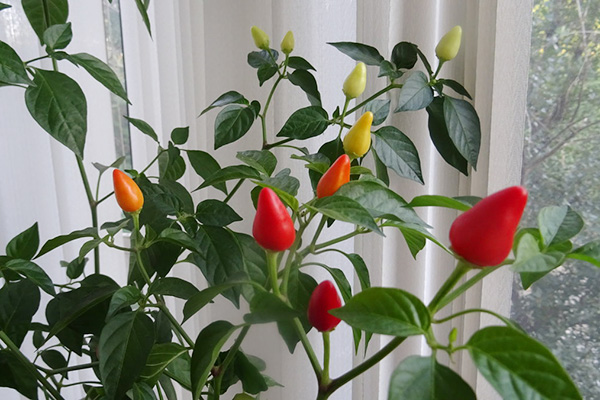
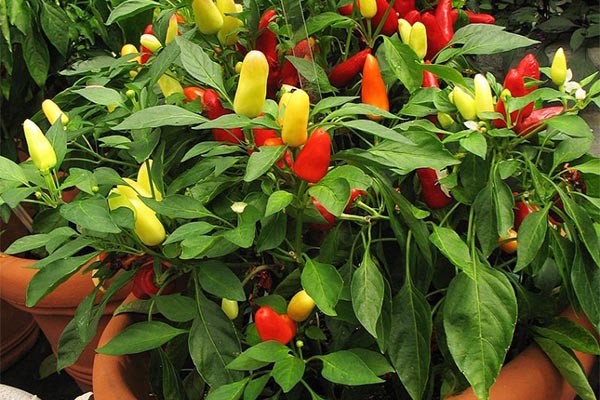

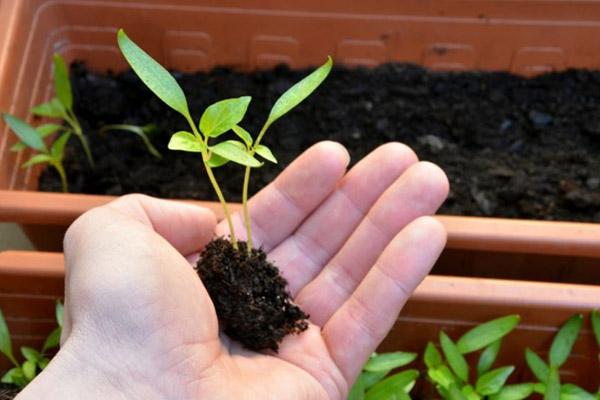
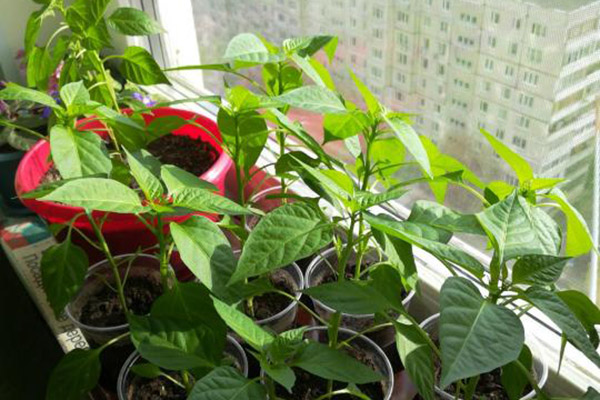
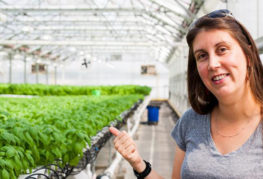
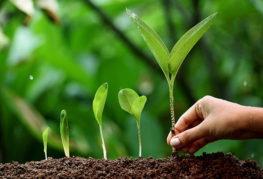
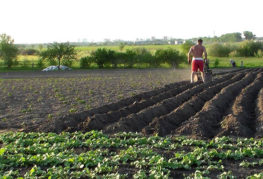
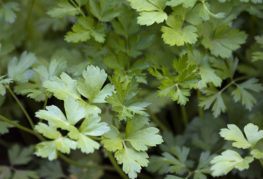

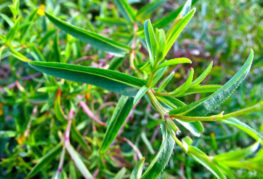
and will be published shortly.